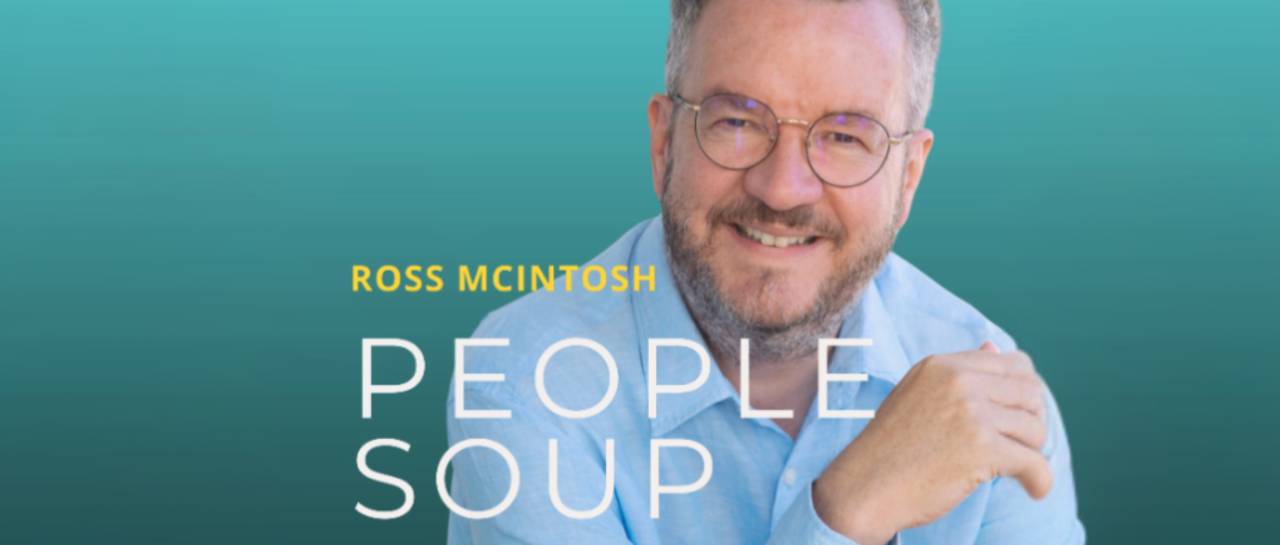Article based on webinar delivered in February 2024 – ‘How behavioural science can support the cultivation of authentic leadership.’ Author: Ross McIntosh In this article I’ll present my conceptualisation of the skills from Acceptance and Commitment Therapy (ACT) to support leaders in the development of…

Felicity Algate
Behavioural Insights Team
Economist – Public Policy Roles
So much of the implementation of Public Policy is about influencing appropriate behaviour, argued Felicity Algate of the Behavioural Insights Team (BIT) in a fascinating presentation about how public policy initiatives can be made to work.
We are aware of “Spin” and pressure put on us to change mindset, but we forget that the use of methods to influence behaviour is a relatively new discipline. BIT was formed in 2010 and was part of the Cabinet Office which was advised that people could be helped to make choices that improve their lives in Society.
It is now a Social Purpose organisation, owned by Cabinet Office, Nesta and its employees. Its mission is to apply behavioural insights to inform policy, improve public services and deliver positive results for people and communities.
The premise is that choice is based on Kahnemann’s Human Cognition Theory that the brain operates on two systems: System 1 (Fast) and System 2 (Slow). Public Policy does not immediately trigger “Instinct” or “Survival” and inevitably slots into System 2. It therefore follows that Behaviour Change is always going to be a challenge for policy makers. The good news for public policy makers is that the two systems do not operate to mutual exclusion. Behavioural Insights is therefore about how initiatives can tap more into System 1.
A simple memory test of words demonstrates that memory can be influenced by context! Getting people to remember a list of words relating to the context of rest shows that about 50% recall seeing the word “Sleep”, even though it was not on the list. What this shows us is that System 1’s rule of thumb is that
* If it easily comes to mind it must be more likely
* Follow the crowd wherever possible
* Pay more attention to things that seem unusual
* Take path of least resistance
* Trust people who are likeable
Influencing behaviour is about alerting people to obvious differences and tapping into their instinct for accepting change but at a rate which can be assimilated and in the context of something familiar. In this way behaviours which default to System 2 can be nudged in the direction of System 1. At the heart of this is the avoidance of a rapid shift, i.e. unexplained change which might cause a minor panic.
If you desire action it has to be made to be easy, attractive, timely and social. For example, using “default options”. For example in the case of trying to get people enrolled in pension schemes, it is necessary to “set intelligent defaults” and then change them. By changing the default mechanism, many more millions of people subsequently enrolled in a pension.
The Amazon business model is such a straightforward one – keep it simple and reduce the hassle. One click and the product is delivered to your door.
Randomised control trials are the ultimate test for demonstrating the link between initiative and result. A litmus test as to how effective efforts to address behaviour can be is to review tax collection rates and speed of recovery: this was supported with a controlled trial. Tax collection involves large numbers of people whose behaviour can be relatively easily collated and therefore a wonderful basis for a controlled trial which was proved conclusively to be successful.
This was achieved by the removal of an intermediate step in the tax collection process, resulting in an increase from 19.2% to 24.2% in tax returns being completed.
What this experience showed was that you need to
* Make it the initiative attractive
* Attract attention
* Personalise the experience, and closely relate it to
* Provision of incentives
GP surgeries and specialist services in the NHS are other areas where there is scope for improvement in terms of organisation on the one hand and public behaviour on the other. Naturally we all want to reduce waiting times but universal cooperation is required in managing demand in the systems. A simple alert system is in the process of being introduced which is estimated to reduce waiting times by over 10%.
Reducing options is an issue. Thanks to demand by consumer groups for more choice in Society, there are now a plethora of options. Experience shows that in reality people are intimidated by over-complexity and choice and are grateful for guidance. As indicated previously, people want simplicity: in this case use good communication, better targeting of information and limiting of options. To add to the mix, it also helps people to engage if there is a social element to the activity.
Examples of simple successful interventions are as follows:
* Job Centres. Networking and reciprocity always works, provides a feeling of authenticity and a more engaged public response can be obtained by, for example, the simple act of the manager of the job centre signing off an application for a position.
* Managing Food Recycling in Wigan. This proved challenging: wastage was very heavy. An effective way of reducing this was to analyse the amount of waste by the actual amount and no of food caddies. Then send stickers to families and follow up with email reminders, with the message “we want your food waste even if you only recycle a small amount”. Easing the “barrier” was effected by reminding people that they would be “joining the thousands who recycle”.
Linking initiatives to results. Except in cases where there are controlled trials, results are difficult to attribute to the campaign and sometimes differences are in any case not statistically significant. Where multiple attempts to change behaviour are involved it is important to note which hanger message was effective and under which set of circumstances. How does one measure and evaluate?
Persuading people to save more into a pension was a difficult proposal. However, it was found that people were more receptive when they had had a pay increase. Nudging people to appreciate the costs and benefits, and helping them prepare for the commitment to save proved to be effective.
Thus far we have found that behavioural change can be effected by:
* making the message authentic: who is the message from and is the originator to be trusted? Government is a well trusted adviser.
* making it timely
* Explain immediate costs and benefits
* Help people plan their responses to events
* Prompt people when are most likely to be receptive
Methodology of Tests
* Range of Target – it is important to narrow depth of focus to specific behaviour
* Always use controlled trials if possible for best results and scale it up to extend across UK. It is however acknowledged that for most organisations costs can be prohibitively expensive.
* Explore – take time to understand the existing environment and how people experience it.
* Solutions can often be found by reviewing the “explore” phase and using behavioural science to develop revised approaches.
* What works is not always intuitive – common sense can give incorrect results
* Avoid obsession with testing the impact of existing types of work. Trialling before and after can produce some surprising results.
Rules of thumb for assessing evidence
1. What would have happened without intervention?
2. Control group similar to the group receiving this new approach?
3. How can I be sure that change is not just due to chance?
4. Is a result realistic and might it bear some approximation to expected outcome
5. Why am I having an impact?
6. Outcomes – anything else?
7. Change behaviour and attitudes
In conclusion, Felicity outlined a number of areas where they have investigated opportunities for improvement, and the approaches which have been taken to establish what works.
View the slide deck here.
RT
05 March 2020



